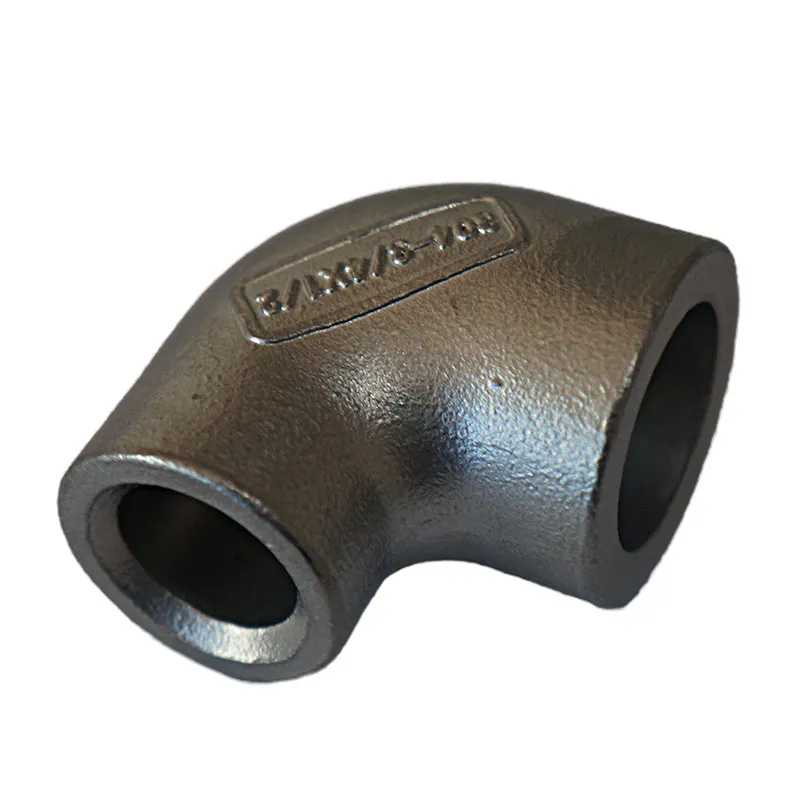die cast tooling
Die Cast Tooling An Essential Component in Metal Manufacturing
Die casting is a manufacturing process that involves forcing molten metal into a mold cavity under high pressure. This highly efficient process is widely used in the production of precision components across various industries, including automotive, aerospace, and consumer goods. At the heart of this process is die cast tooling, which plays a crucial role in shaping and defining the final product.
The Importance of Die Cast Tooling
Die cast tooling refers to the molds and associated components used in the die casting process. The quality and precision of these tools significantly affect the final product's quality, ensuring that it meets strict tolerances and specifications. Tooling not only impacts the dimensional accuracy of the casted parts but also influences their surface finish, strength, and overall mechanical properties.
One of the primary advantages of die casting is its ability to produce complex shapes with high dimensional accuracy. This is largely due to the capabilities of the tooling involved. High-quality die cast tooling allows manufacturers to achieve intricate designs that may be impossible with other manufacturing methods. As industries demand more complex geometries and lightweight designs, the role of advanced die cast tooling becomes increasingly critical.
Types of Die Cast Tooling
Die cast tooling can be broadly categorized into two types cold chamber and hot chamber tooling
.1. Cold Chamber Die Casting In this method, the molten metal is poured into the chamber, and then a plunger injects it into the die. This process is generally used for metals with high melting points, such as aluminum and copper alloys. Cold chamber dies tend to be more robust and can handle the stresses imposed by the high pressures used during casting.
2. Hot Chamber Die Casting In this method, the molten metal is kept in a chamber that is heated. The injection mechanism draws metal directly from this chamber to fill the dies, making it suitable for materials with lower melting points, such as zinc and lead alloys. Hot chamber tooling is more efficient for these metals and allows for faster production rates.
die cast tooling

Design Considerations in Die Cast Tooling
The design phase for die cast tooling is critical and requires careful consideration. Engineers must account for factors such as the thermal expansion of materials, cooling rates, and the ejection of the finished part from the die. Proper venting is also crucial to allow air to escape during the injection process, preventing defects.
Tooling design can significantly impact the cost of manufacturing. While high-quality tooling may require a larger upfront investment, the long-term savings achieved through reduced production times and lower defect rates can be substantial. Additionally, tooling must be designed for durability, allowing it to withstand the wear and tear associated with high-volume production.
Maintenance and Longevity of Die Cast Tooling
Once created, die cast tooling requires rigorous maintenance to ensure longevity and consistent performance. Regular inspections and repairs are essential to identify wear and prevent defects in the molded parts. The lifespan of tooling can be influenced by several factors, including the materials used, the casting process, and the frequency of use.
Implementing a predictive maintenance strategy can help manufacturers proactively address issues and extend the life of their tooling. This approach allows for scheduled maintenance, reducing downtime and increasing overall productivity.
Conclusion
Die cast tooling is a vital aspect of the die casting process, directly influencing the quality, efficiency, and cost-effectiveness of metal manufacturing. As industries continue to evolve and demand more complex components, the importance of investing in high-quality die cast tooling cannot be overstated. Proper design, maintenance, and an understanding of the different tooling types will enable manufacturers to meet the challenges of modern production while ensuring the highest quality products. Through advancements in technology and materials, die cast tooling will remain an essential component, driving innovation and efficiency in the manufacturing landscape.
-
Crawler Drilling Rig - Baoding Hairun|Confined Space Drilling&Mine SafetyNewsAug.15,2025
-
Drill For Confined Spaces-Crawler Mounted Drill Rig | Crawler Drill Rig for SaleNewsAug.15,2025
-
Premium OEM Auto Parts & Stamping - Reliable ManufacturersNewsAug.15,2025
-
Crawler Drilling Rig for Confined Spaces-Baoding Hairun MachineryNewsAug.15,2025
-
Drill For Confined Spaces - Baoding Hairun Machinery And Equipment Trading Co., Ltd.NewsAug.15,2025
-
Advanced Crawler Drilling Rig - Baoding Hairun Machinery | Underground Mining SolutionsNewsAug.14,2025















